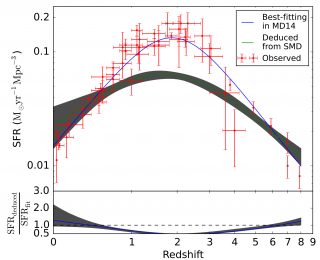
Too much star formation, not enough stellar mass: a cosmic conundrum
Observations of galaxies in the early universe reveal too much star formation to account for the number of stars around today. What gives? Today’s ‘bite investigates.

Observations of galaxies in the early universe reveal too much star formation to account for the number of stars around today. What gives? Today’s ‘bite investigates.
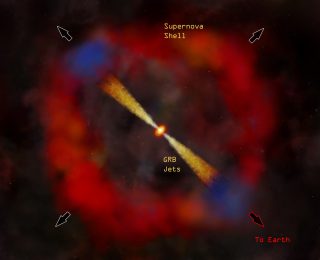
Supernovae and Gamma Ray Bursts are expected to wipe out any complex life in the neighborhood. Today’s paper looks at how common these events are in different galaxies over time.
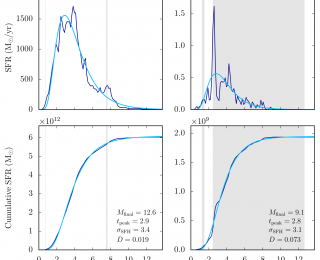
Every galaxies star formation history is a story waiting to be told. Turns out log-normals cover most story lines.
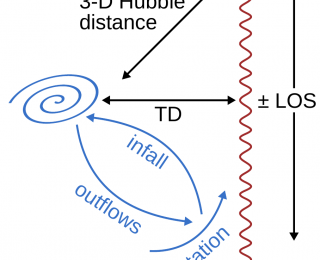
Background quasars allow us to probe the relationship between a galaxy and its gas. Today’s paper uses simulations to model such observations.
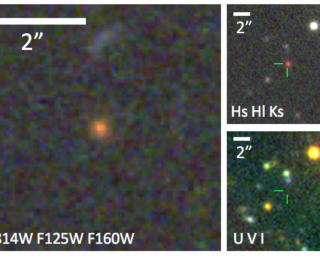
A newly discovered quiescent galaxy in the early universe strains our understanding of galaxy evolution